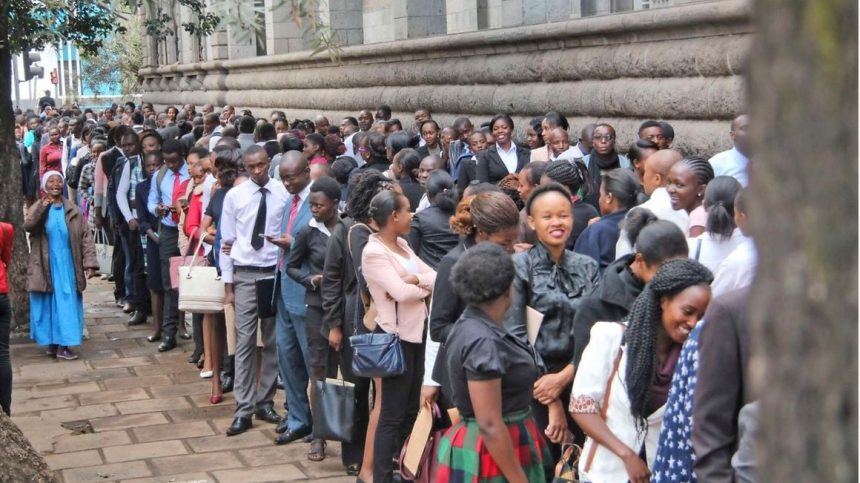The rate of unemployment among women in Kenya is twice that of men, revealing that the campaigns aimed at reducing the gender gap in access to opportunities were yet to bear fruit.
An analysis of the Kenya Demographic and Health Survey by the Kenya National Bureau of Statistics (KNBS) shows that the percentage of women who had not been employed in the 12 months before the survey stood at 40.3 percent against 18.5 percent for men.
Similarly, women who had not worked seven days before the survey stood at 7.4 percent compared to 3.3 percent among men.
Economists have pointed to a cocktail of factors that likely explain the disparity in employment levels between men and women which are largely based on differences in the upbringing of boys and girls.
“One can point the disparity to a variety of reasons including differences in the school enrollment rates between boys and girls especially in rural areas, early marriages and in some cases the belief that girls are not the main earners in households where parents invest less in girls,” Edward Kusewa, an economist and lecturer at St Paul’s University, told the Business Daily.
“The lower number of women in STEM (science, technology, engineering and mathematics) also means that women are less likely to be in sectors churning out new/future jobs.”
The rate of long-term unemployment among women, for instance, stands at 63.6 percent among persons with no formal education compared to just 18.7 percent for men.
This implies women with no formal education grounding are more than three times likely to be unemployed compared to men in the same cohort.
Nevertheless, unemployment is still more prevalent among women whose education background goes beyond secondary school at 25.8 percent compared to men with the same level of education whose rate of unemployment stands at 11.7 percent.
However, the report reveals the pain of unemployment hits the youth in nearly equal measure irrespective of gender with Kenyans aged 20 to 24 being the worst hit.
For instance, women in the age group have a 48.3 percent rate of long-term unemployment while men of the same age cohort have a 23.1 percent rating.
Secondary data from the KNBS shows the unemployment rate, which captures persons seeking work in the last four weeks who were available to work but did not find job opportunities, stood at 4.9 percent in the quarter ended December 2022 or a representative 960,001 unemployed persons.
The rate of unemployment was the highest among persons aged 20 to 24 at 15.6 percent further mirroring the joblessness impact on the youth.
Previous studies on gender disparities in unemployment tipped rural development as a key remedy to the mismatch.
“Rural development is a significant determinant of women unemployment where increased rural development reduces women unemployment. This may be attributed to the opening up of rural areas where the majority of poor women reside, enabling them to actively participate in meaningful economic activities that generate revenue for them,” Dr Kiganda Evans states in a study on women unemployment and rural development in Kenya which was published in the International Journal of Research Publications.




